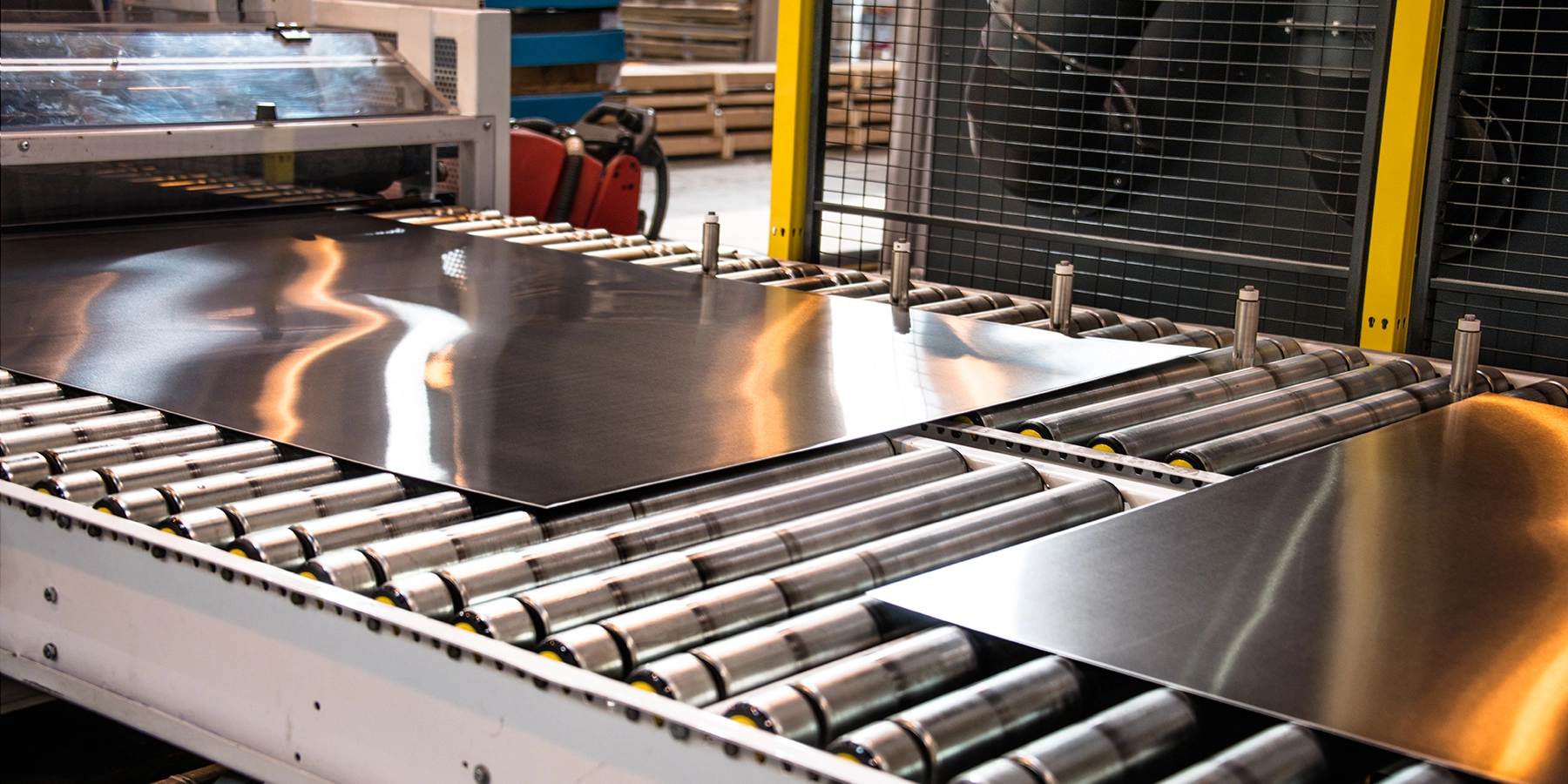Best Practices for Welding Stainless Steel
Welding stainless steel requires a slightly different approach than welding mild steel. Stainless steel’s composition and properties—particularly its chromium content that provides corrosion resistance—mean that certain best practices should be followed to achieve a strong, clean weld. Below are some tips and techniques to help ensure successful stainless steel welding for hobbyists and professionals alike.
Preparation and Materials
Clean the metal thoroughly: Always start with clean stainless steel. Remove any dirt, oil, paint, or rust from the welding area. Use a stainless steel wire brush (that has not been used on carbon steel) to avoid contaminating the stainless surface. Any contaminants can cause imperfections or reduce corrosion resistance in the weld.
Use proper filler material: Select a welding filler rod or wire that matches the grade of stainless steel you are welding. For example, use 308L filler for 304 stainless, or 316L filler for 316 stainless. Using a low-carbon (“L”) filler helps prevent carbide precipitation and maintains the corrosion resistance of the weld area. Ensure the filler is clean and free of rust as well.
Choose the right shielding gas: When welding stainless steel, an inert gas like argon is typically used to shield the weld. For TIG welding, 100% argon (or an argon/helium mix) is common, while MIG welding stainless often uses an argon/CO2/oxygen mix. Proper shielding gas coverage is critical to prevent oxidation and discoloration of the weld.
Elevate your projects with our superior steel –
contact us today to secure your supply and forge success together!
CONTACT US Welding Technique and Heat Control
Manage heat input: Stainless steel retains heat differently than mild steel and can warp or distort if too much heat is applied in one area. Use pulse welding techniques or backstep welding to distribute heat. If possible, use TIG welding for thinner stainless steel to have better control over heat input. Avoid lingering too long on one spot, and allow the material to cool between passes if needed.
Tack weld and clamp: To minimize distortion, clamp your workpieces securely and use tack welds at strategic points before doing continuous welds. Tack welds will hold pieces in alignment and reduce movement from heat expansion when you lay down the final welds.
Pick the appropriate process: Several welding processes can be used on stainless steel, including TIG, MIG, and stick welding. TIG welding is often preferred for its precision and cleanliness, especially on thin sections. MIG welding is useful for thicker sections or when speed is important. Ensure your equipment (like TIG torch components or MIG wire and tip) is appropriate for stainless steel service.
Post-Weld Cleanup and Treatment
Clean and passivate the weld: After welding, you will often see a layer of discoloration (oxide) on and around the weld. It’s important to clean this off to restore maximum corrosion resistance. Use a stainless steel wire brush or grinding wheel to remove the colored oxide layer. For critical applications, a chemical passivating solution can be applied to the weld area to restore the protective chromium oxide film on the stainless steel.
Use proper finishing: If the welded piece needs a specific surface finish (like a smooth sanitary finish for food or pharma equipment), additional steps like grinding, polishing, or electropolishing may be necessary after welding. The goal is to ensure the weld area is as smooth and clean as the base metal to prevent any corrosion initiation points.
By following these best practices, you can achieve stainless steel welds that are strong, attractive, and maintain the material’s signature corrosion resistance. For further reading, if you are choosing between stainless grades to weld, see our comparison of 304 vs 316 stainless steel to understand material differences. You may also be interested in how stainless steel is used in sanitary environments—our article on industrial applications of stainless steel sheets covers uses in food and pharma settings.
Remember, using quality materials is as important as technique. CarnoWiseman provides a variety of stainless steel products suitable for welding and fabrication. If you need additional help or have questions regarding welding our stainless steel sheets, contact us – our experts are here to assist.
We've Got You Covered!

Quality Assurance
Quality is our top priority at Carnowiseman. We guarantee the highest standards in all our steel products. Our dedicated team adheres to stringent quality control measures to ensure you receive steel that is built to last. With our commitment to quality, you can trust that our steel solutions meet the rigorous demands of your projects and industries.

Timely Delivery
At Carnowiseman, we understand that time is of the essence in your industry. That’s why our fast delivery services are designed to ensure that your projects stay on track and on schedule. With our commitment to prompt and reliable delivery of steel products, you can focus on what matters most—successfully completing your projects on time.

Competitive Pricing
At Carnowiseman, we offer the best value for your investment in steel products. You can be assured of competitive pricing that does not compromise on quality. Our commitment to providing high-quality steel solutions at affordable rates ensures that you receive exceptional value, making us your trusted partner in the steel distribution industry.